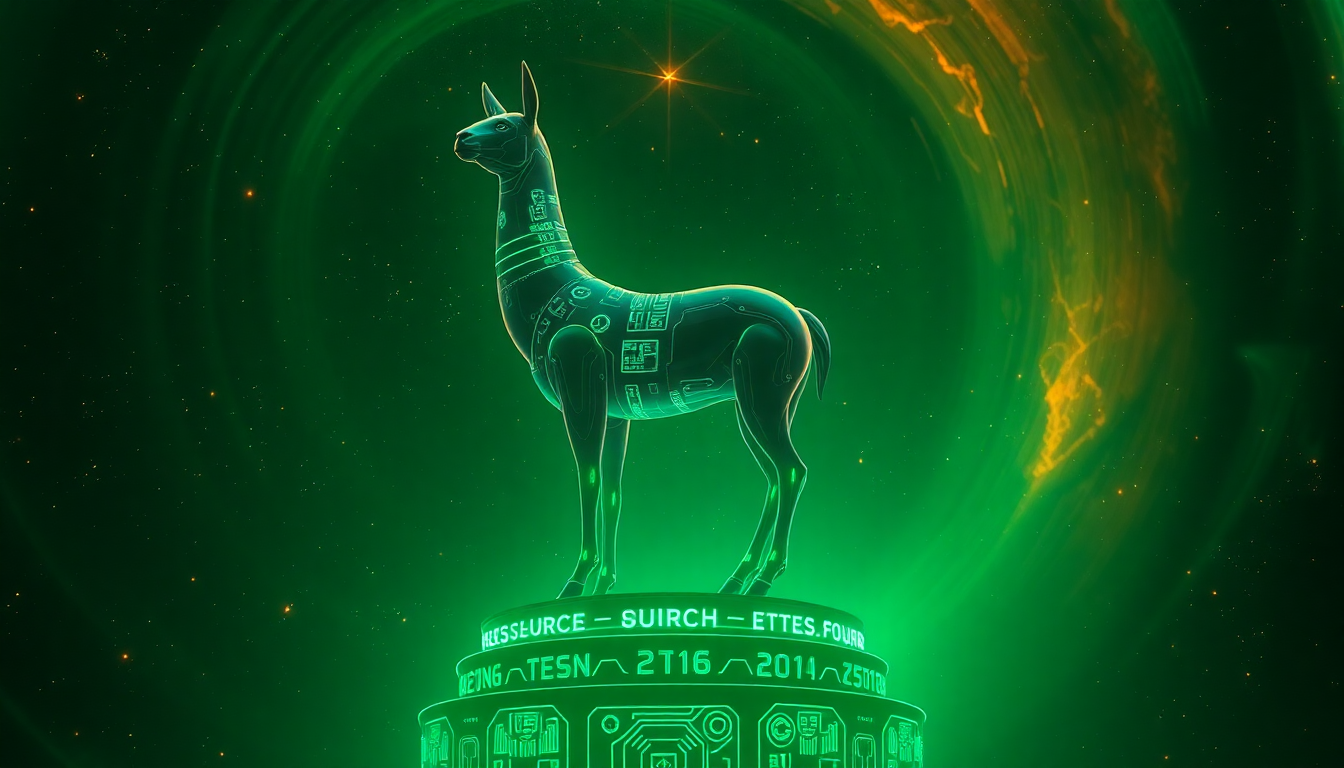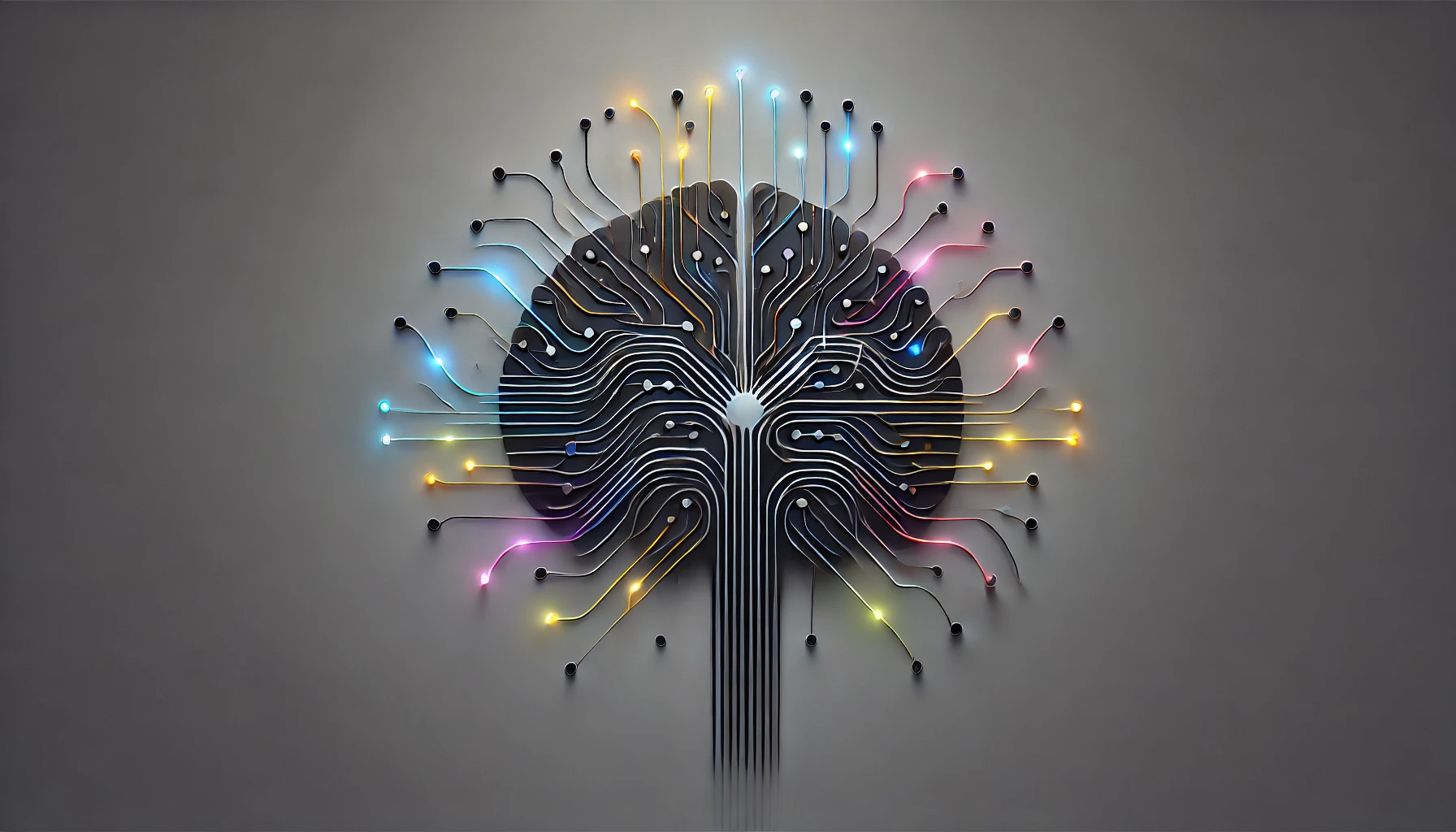The future of artificial intelligence is no longer locked behind closed doors. With the release of Nvidia's Llama 3.1 Nemotron, an open-source AI model boasting 70 billion parameters, the rules of the game have officially changed. Nvidia has done what many thought impossible: beaten closed-source models like GPT-4 at their own game. And not just by a hair—this model is outperforming some of the biggest AI names in the business, setting a new precedent for innovation and collaboration.
What does this mean for you? It means the AI revolution isn’t happening behind corporate walls—it’s happening out in the open, where developers, businesses, and enthusiasts have access to the tools shaping tomorrow. The days of relying on a handful of tech giants to tell us what’s possible are fading fast. Llama 3.1 Nemotron is proof that open-source AI is not just competitive—it’s leading the charge. And if you’re not paying attention, you might miss your chance to get in on the action.
A New Era in AI: How Llama 3.1 Nemotron is Outperforming Closed-Source Giants
For the past few years, AI development has been dominated by proprietary models like GPT-4 from OpenAI and Claude 3.5 Sonic from Anthropic. These closed models operate like expensive nightclubs—exclusive, highly polished, and difficult to get into. Nvidia, however, took a different path. With the release of Llama 3.1 Nemotron, Nvidia doubled down on open-source principles, proving that community-driven innovation can outperform even the most well-funded tech monopolies.
The result? Llama 3.1 Nemotron has been breaking records across benchmark tests, beating models like GPT-4 at their own game. According to LM Arena’s AI benchmarks, the Nemotron scored an impressive 85% across multiple key areas—including creativity, factual accuracy, and instruction-following. For comparison, GPT-4 came in slightly behind at 83%, a significant drop given the resources behind it.
Llama 3.1 isn't just a bigger model—it’s a smarter, more efficient one, fine-tuned using reinforcement learning techniques and a dual reward system that aligns AI output with human preferences. The process includes two distinct models: the Bradley-Terry approach (which compares responses side-by-side) and regression scoring (which assigns a numerical value to quality). It’s like grading a student not just on their final exam but on how thoughtfully they answered each question along the way.
Nvidia also introduced a new dataset called HelpSteer 2, designed to bridge the gap between these reward models and align them more effectively with human feedback. Think of it as a translator that takes the AI’s technical brilliance and makes it understandable—and useful—for everyday users.
Why Llama 3.1 Matters: The Power of Open-Source Freedom
Why is this such a big deal? Because open-source AI models democratize technology. They shift power from massive corporations and place it back into the hands of developers, researchers, and entrepreneurs. The release of Llama 3.1 Nemotron isn't just about besting GPT-4 in a benchmark—it’s about building a future where access to AI is no longer a privilege but a right.
In a world increasingly governed by algorithms, closed systems like those used by OpenAI and Google represent a growing concern. When only a few companies control the AI narrative, innovation becomes stifled, and the average person is left on the sidelines. Nvidia’s commitment to open-source principles ensures that the tools of tomorrow are available to everyone—not just those with the deepest pockets.
If you think about it, this shift is like the difference between owning your home and renting an apartment. With open-source AI, developers have full control—they can tweak, build, and innovate freely. With closed-source models, you’re stuck waiting for someone else to fix the plumbing.
Breaking Down the Benchmarks: What Makes Llama 3.1 Nemotron Better?
The AI world runs on benchmarks, and Nvidia’s Llama 3.1 Nemotron shattered expectations across the board. On the Arena Hard Benchmark, an automatic evaluation tool known for its rigorous testing, Llama 3.1 came out on top. Here’s a breakdown of the results:
| Model | Score (%) | Notable Achievement |
|---|---|---|
| Llama 3.1 Nemotron 70B | 85% | Outperformed GPT-4 and Claude 3.5 Sonic |
| GPT-4 | 83% | Slightly behind, struggling with nuance |
| Claude 3.5 Sonic | 78% | Fast but prone to errors |
But it’s not just raw numbers that tell the story. Real-world testing showed that Llama 3.1 excelled in areas where other models stumbled—particularly in handling nuanced prompts with irrelevant information. For example, when asked to solve a problem with intentionally misleading details (a classic logic trap), GPT-4 stumbled, while Llama 3.1 nailed it.
This demonstrates that Nvidia’s reinforcement learning approach has made Llama not just smart but adaptive—able to filter out noise and focus on what really matters.
Open vs. Closed: The Cultural Significance of This AI Revolution
The release of Llama 3.1 Nemotron is more than just a tech story—it’s a cultural turning point. AI models are becoming integral to everything from healthcare and finance to education and creative work. If the future is built on closed systems, we risk creating a world where only a select few control the tools that shape our lives.
Open-source AI models represent freedom and possibility. They invite collaboration, innovation, and experimentation. It’s the difference between a garden locked behind a gate and a sprawling public park where anyone can plant a seed. With Llama 3.1 Nemotron, Nvidia has opened the gates—and the community is already planting.
Practical Applications: How Llama 3.1 Can Change Your World
So, what does this mean for you? Whether you’re a developer, entrepreneur, or just an AI enthusiast, Llama 3.1 offers endless possibilities. Here are just a few ways this model can make an impact:
- Customer Service: Create chatbots that aren’t just efficient but empathetic, capable of resolving issues with a personal touch.
- Healthcare: Use AI to analyze patient data and predict outcomes with unprecedented accuracy.
- Education: Build personalized learning platforms that adapt to individual students’ needs and learning styles.
- Creative Work: Collaborate with AI to generate music, art, and stories, expanding the boundaries of human creativity.
Join the Open-Source Revolution
The release of Llama 3.1 Nemotron is a call to action for anyone who believes in the power of technology to transform the world. This is your chance to be part of a movement that values freedom, collaboration, and innovation. Don’t wait for Big Tech to dictate the future—build it yourself.
Test the model. Use it in your projects. Share your experiences. The open-source revolution isn’t just about technology—it’s about empowerment. And the best part? You don’t need permission to participate.
Final Thoughts: The Future is Open, and It’s Yours to Shape
The story of Llama 3.1 Nemotron is about more than just benchmarks and parameters—it’s about freedom, hope, and the promise of a better future. As Nvidia leads the charge, the question isn’t whether open-source AI will succeed but how quickly it will change the world.
So, are you ready to be part of the revolution? Will you embrace the freedom that comes with open-source AI, or will you cling to the comfort of closed systems? The choice is yours—and the future is waiting.
Join the Conversation
Don’t just sit on the sidelines—join the conversation. Leave your thoughts in the comments below, and tell us how you plan to use Llama 3.1 Nemotron in your work. And if you’re ready to be part of something bigger, apply to become a permanent resident and then a citizen of iNthacity: the "Shining City on the Web."
Let’s build the future—together.



















Post Comment
You must be logged in to post a comment.